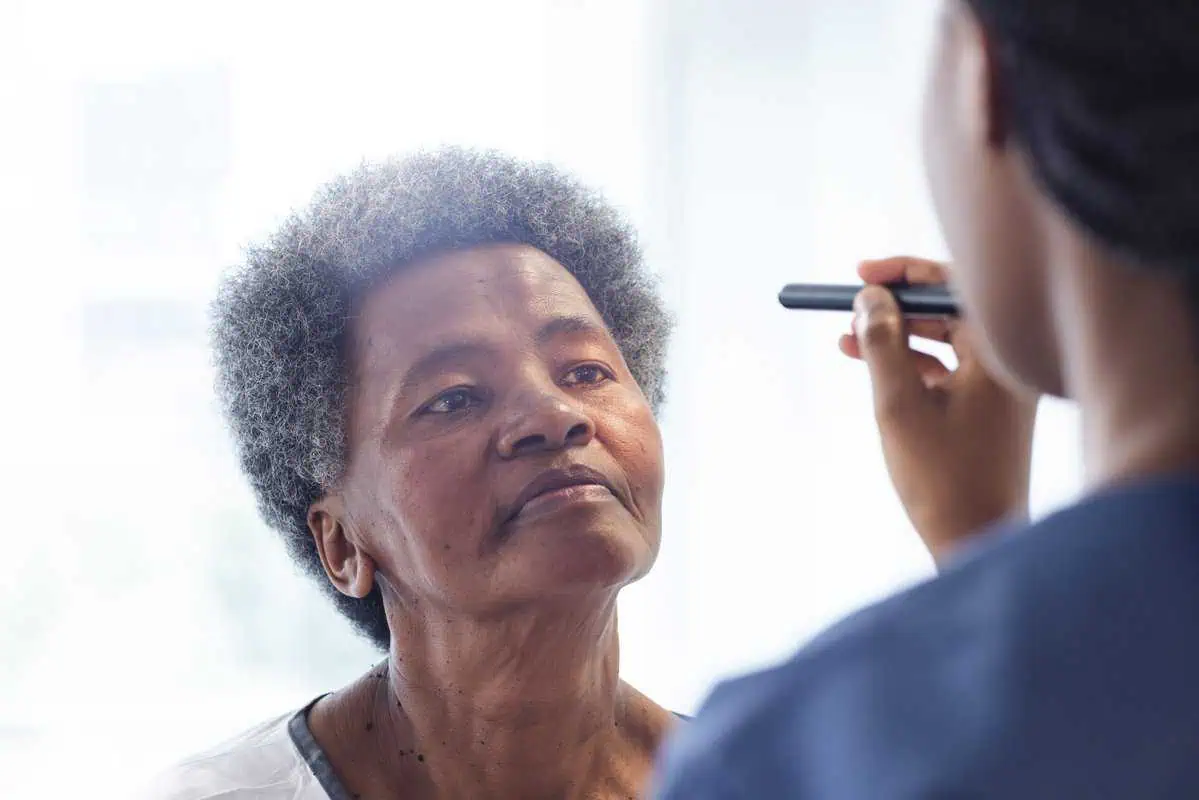
Visit Us Or Call Us Today
SCHEDULE YOUR APPOINTMENT WITH OUR EXPERT TEAM NOW

Binocular vision disorders (BVD) affect how the eyes work together, often leading to discomfort and visual impairment. When the eyes do not align properly, the brain struggles to merge the two separate images into one clear picture. This misalignment can cause various symptoms, including headaches and eye strain. These symptoms are not just annoying; they can significantly impact daily activities and quality of life. If not treated, BVD can also cause problems with reading, depth perception, and balance. Knowing how BVD leads to these symptoms is crucial, not only for those experiencing them but also for healthcare providers aiming to diagnose and treat the underlying issues effectively.
Binocular vision disorders (BVD) involve recognizing the complexities of how our eyes are meant to work together and what happens when this coordination falters. Normally, each eye captures its own slightly different image and sends these images to the brain, which processes and merges them into a single, three-dimensional perception. This ability is necessary for depth perception and spatial awareness. When this system is disrupted, it can lead to symptoms like double vision, dizziness, and difficulty concentrating.
There are several types of BVDs, each affecting vision in different ways:
The symptoms of BVD can vary widely but commonly include:
Diagnosing and treating binocular vision disorders (BVD) involves a combination of detailed eye examinations and customized treatment plans tailored to address eye alignment and coordination issues. Effective management of BVD can significantly enhance visual comfort and functionality.
The diagnostic process begins with a thorough eye examination, which typically includes:
Advanced imaging techniques and other specialized tests might also be employed to gain deeper insights into the eye’s structure and function, particularly if standard tests indicate anomalies.
Once a diagnosis is made, treatment options vary depending on the type and severity of the disorder:
Preventing binocular vision problems (BVD) involves early detection, regular eye exams, and addressing symptoms promptly before they progress into more severe conditions. Here are several strategies aimed at preventing these disorders:
Regular eye exams are crucial, especially for children. These exams can catch early signs of misalignment or focusing issues that might not be obvious but could develop into more severe binocular vision problems. Early detection and treatment can prevent long-term vision problems and support better performance at school or work. For adults, especially those who work in visually demanding environments, regular check-ups can help diagnose issues before they cause significant discomfort or affect quality of life.
Awareness of the symptoms of BVD is essential. Parents, teachers, and healthcare providers should be informed about the signs of binocular vision problems, such as squinting, eye rubbing, head tilting, or avoiding activities that require close vision. Early intervention can include vision therapy or corrective lenses, which are more effective when started early.
Protecting the eyes from injury is another preventive measure. Sports and recreational activities can pose risks for eye injuries, which may lead to BVD if they affect eye alignment or visual processing. Using appropriate protective eyewear can help mitigate these risks.
With the increasing use of digital devices, managing screen time is crucial in preventing BVD symptoms like eye strain and headaches. Following the “20-20-20 rule”—taking a 20-second break to view something 20 feet away every 20 minutes of screen time—can help alleviate eye strain. Ensuring proper lighting and reducing glare on screens can also help prevent binocular vision issues.
Improving the ergonomic setup of work and study areas can help prevent BVD. This includes adjusting the height and angle of screens to reduce neck strain and maintaining a proper distance from screens to prevent eye strain. Chairs and desks should support a comfortable posture that promotes adequate eye alignment with the task at hand.
General health and nutrition play a role in eye health. A diet rich in vitamins and minerals that support eye health, such as Vitamins A, C, and E and omega-3 fatty acids, can contribute to overall eye health and function. Regular physical activity and maintaining a healthy weight also support vascular health, which is essential for good vision.
Don’t wait for your vision problems to worsen. Take control of your eye health today with Eyecare on the Square! Our expert team uses the latest technology and personalized care to ensure your vision needs are met and exceeded. Whether you need a routine check-up, are experiencing symptoms of binocular vision disorders, or want to ensure your eyes are in tip-top shape, our services are here for you.
Book your appointment today and experience the difference with Eyecare on the Square. Your eyes deserve the best care, and we’re here to provide it.